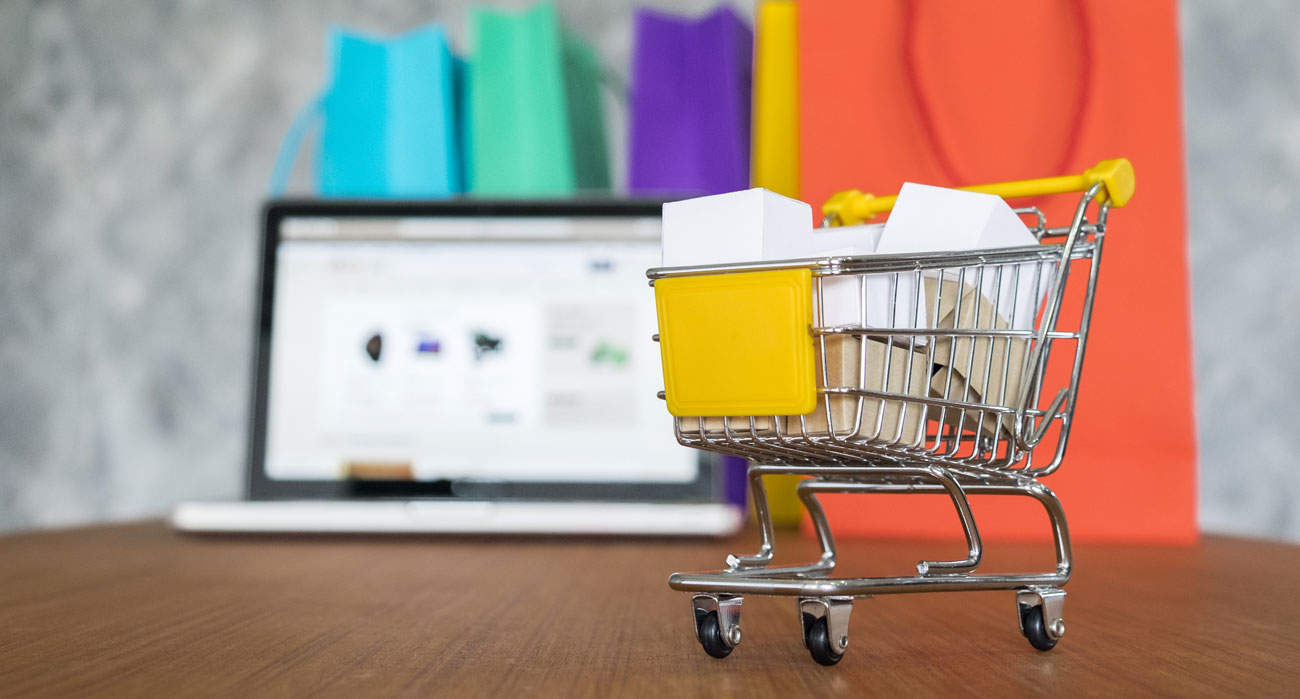Contxto – Coronavirus initially boded doomsday for vendors as they scrambled to digitize their operations and products. And despite the pandemic’s push for e-commerce rollouts, the future of tech in retail will be a mishmash of what we’ve seen up until now.
“The new experience will be about omnichannels wherein a purchase begins in the digital realm and ends in the physical one,” says Mexican enterprise startup Getin.
Hypothetically speaking, this paints a positive outlook for the overall customer experience. However in practice, it poses some very unique challenges for retailers and consumers alike.
[wd_hustle id=”InArticleOptin” type=”embedded”/]
E-commerce: not that simple for retailers
E-commerce isn’t just about building a website with a product catalog. Depending on the size of a business, its platform must be able to handle demand volumes—or risk the platform crashing, much to a shopper’s ire.
Likewise, resources must be used for online customer support. This can take the shape of social media or chat systems directly on the website or app. It’s a crucial service especially since immediate attention can make or break a sale if a customer has a question.
And once a consumer buys a product, there is still additional work to be done.
Evidently, delivery services must be arranged. Retailers and merchants can choose to do it themselves (which is rarely the case) or with a third party logistics provider (3PL). Merchants and their 3PL partners can keep shoppers happy when parcel deliveries are trackable.
And even after all that’s been achieved, if a customer chooses to return an item, vendors also have to invest resources to backtrack everything.
To top it all off, retailers only have a few weeks to prepare for the busiest time of the year in which the coronavirus is playing a disruptive part.
Coronavirus is coming home for the holidays?
This holiday season will be one for the history books.
Calling relatives via Zoom, exchanging Christmas-themed face masks instead of sweaters, and for retailers, it means predicting shoppers’ behavior.
For one, they must make the experience safe regardless of the channel through which a person completes a purchase. If a buyer walks through a physical store’s doors, tech to monitor social-distancing and the amount of people in the vicinity is important, according to Getin.
Or, if shoppers opt for an online option, the website and payment processing systems must be secure to protect all submitted data.
Undoubtedly, vendors must prepare on both fronts. Especially since it’s still debatable whether the majority of people will prefer to hit the mall or buy online.
Either way, retailers are put to the test in keeping track of inventories both in-store and for digital sales. They can’t neglect customer service for both sales channels either. And then there’s the hybrid approach we mentioned earlier: enabling online purchases with in-store pickup.
These scenarios are something that Getin says is already taking place.
“Without a doubt vendors are already adding sales strategies that diversify their reach for example, through online stores,” the startup told Contxto. As a result, the startup is preparing more products for retailers.
Getin says it will launch management systems to keep track of inventory and assist in the home delivery process.
Related articles: Tech and startups from Mexico!
-ML






